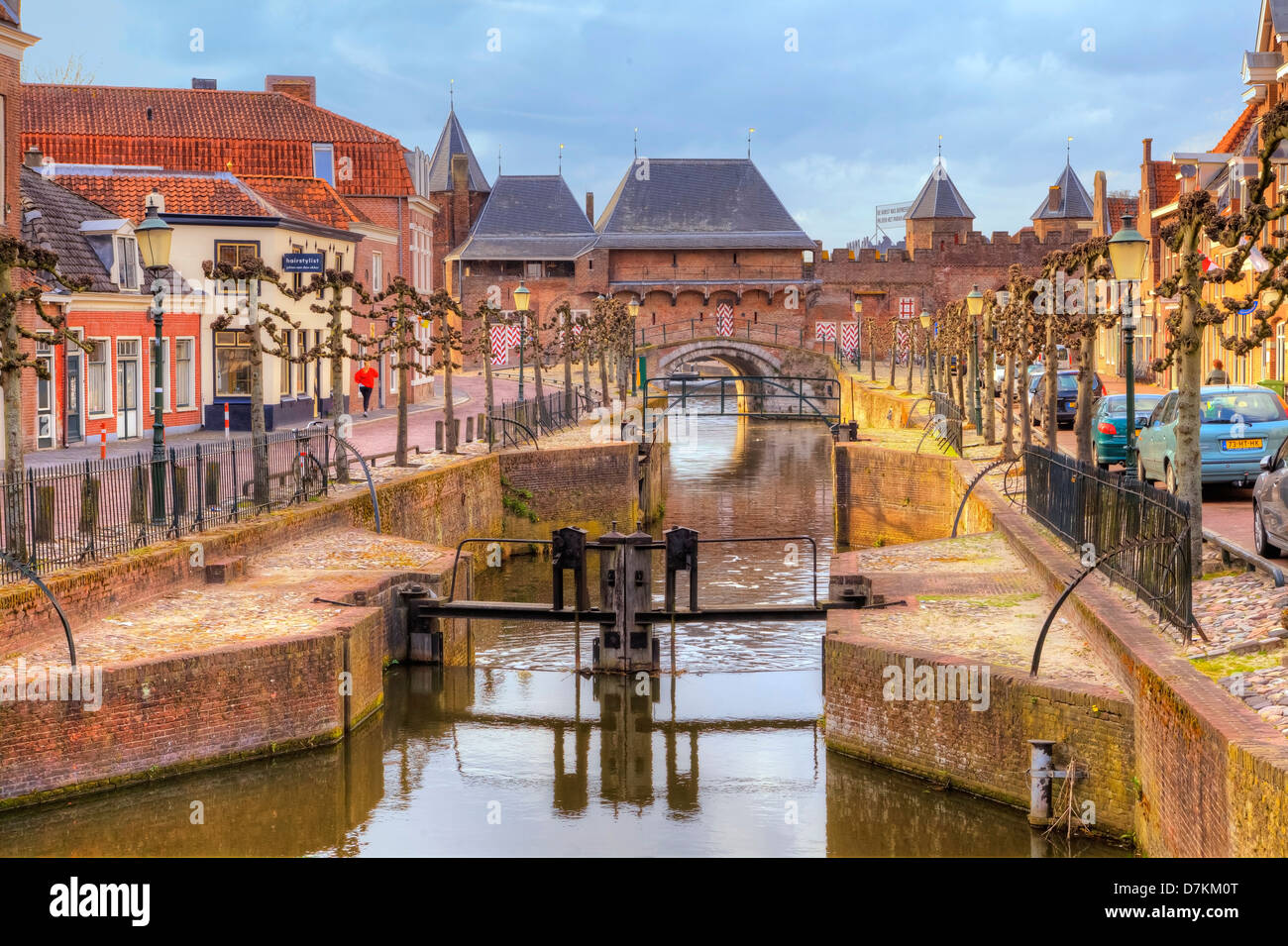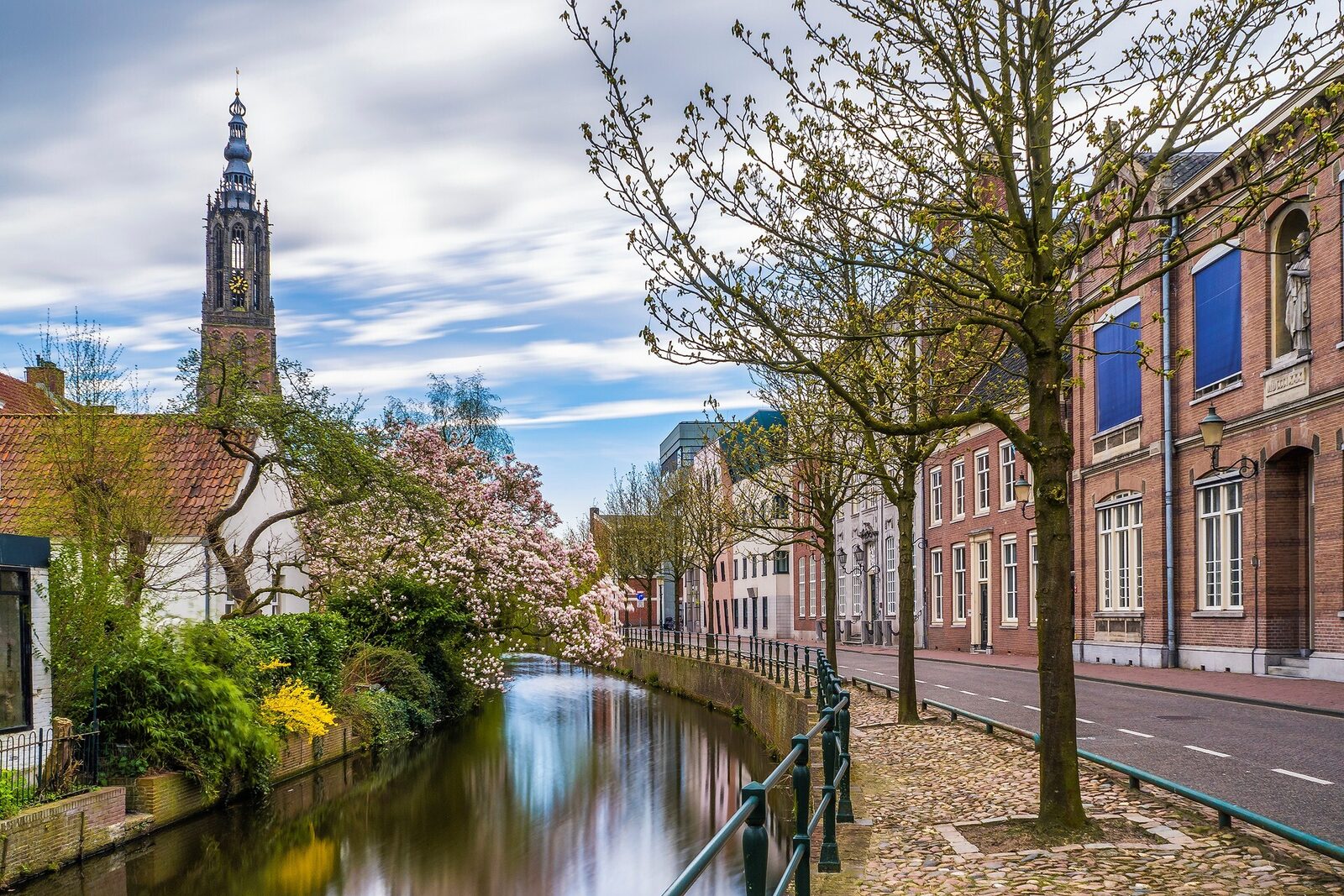The Towering Landmark of Onze Lieve Vrouwetoren
In the heart of Amersfoort, the Onze Lieve Vrouwetoren stands as a testament to Gothic architecture. This 98-meter tall tower, often referred to as the "Lange Jan," dominates the skyline. Constructed in the 15th century, it was originally part of a larger church that was destroyed in 1787. Today, the tower remains a symbol of the city, offering visitors a chance to climb its 346 steps for a breathtaking view of Amersfoort and the surrounding countryside.
The Historical Significance of St. Joriskerk

St. Joriskerk, another prominent church in Amersfoort, dates back to the 13th century. Its tower, though not as tall as the Onze Lieve Vrouwetoren, is equally significant. The church has undergone several renovations, with its current Gothic style reflecting changes made in the 15th century. Visitors can explore the church's interior, which houses a remarkable organ built in 1845 by Jonathan Bätz, known for its rich sound and intricate design.

Climbing the Tower: A Unique Experience

Ascending the Onze Lieve Vrouwetoren is an experience in itself. The narrow, winding staircase challenges visitors, but the reward at the top is worth the effort. On clear days, the view extends as far as Utrecht and even the Veluwe forest. The climb also offers a closer look at the tower's intricate stonework and the massive bells that have marked time in Amersfoort for centuries.
Architectural Details and Restoration Efforts
Both towers showcase the intricate details typical of Gothic architecture, such as pointed arches and ribbed vaults. Over the years, restoration efforts have preserved these features, ensuring that the towers remain structurally sound and visually impressive. Recent projects have focused on cleaning the stone facades and reinforcing the structures to withstand modern environmental challenges.
A Cultural Hub in Modern Amersfoort
Today, these towers are more than historical landmarks; they are cultural hubs. The Onze Lieve Vrouwetoren hosts various events, including concerts and art exhibitions, utilizing its acoustics and unique atmosphere. St. Joriskerk continues to serve as a place of worship and community gathering, reflecting its enduring role in the city's social fabric.










